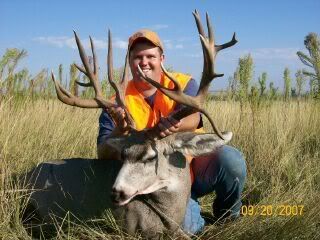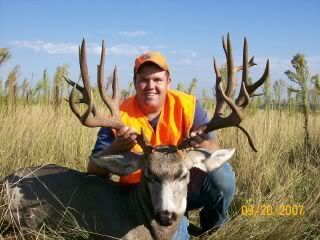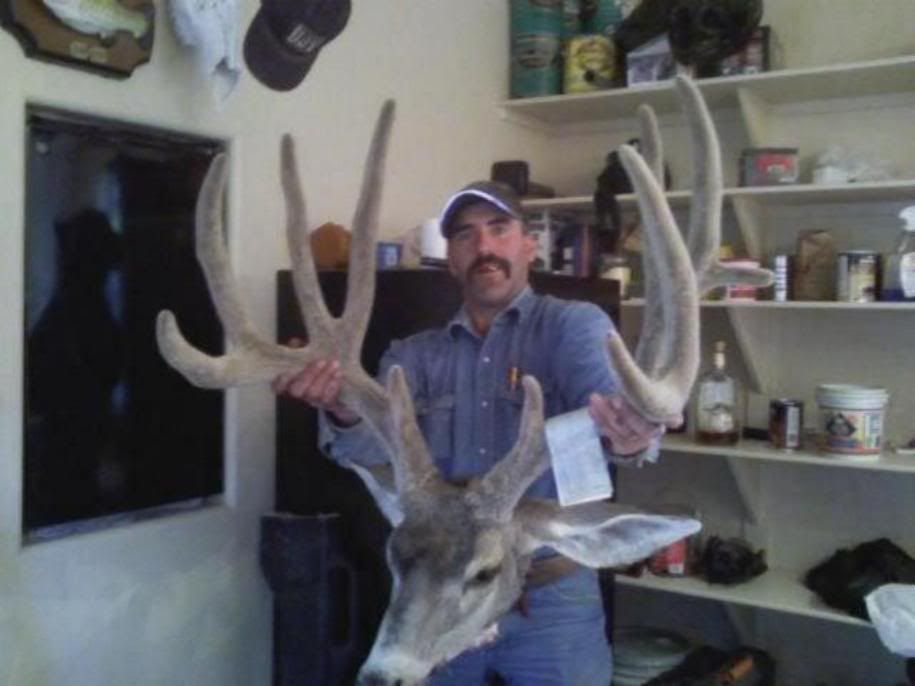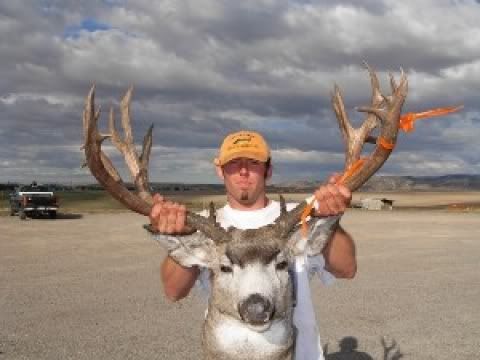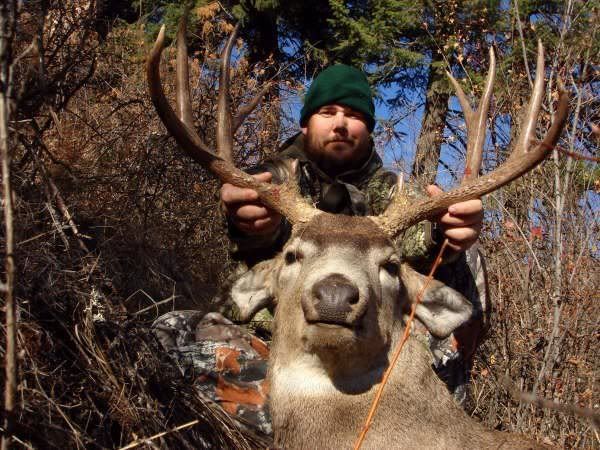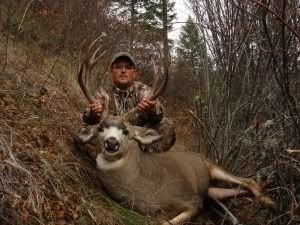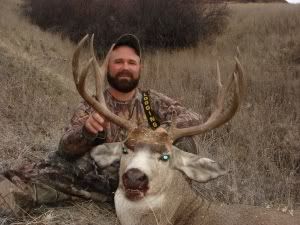
When I was a teenager, the annual deer hunt was virtually a state holiday. Schools closed down on Friday, and all the businesses had deer hunter sales. We all hunted as families. Deer hunters happily displayed their bucks for all to see, and everyone was interested in seeing them. High schoolers talked about the hunt for days afterward. I miss those days. So, I was delighted to find this article published in the Missoulian (Montana) showing that somewhere out there you may still find some old-fashioned values.
———————————————
Fierce competition closes in Alberton
By ROB CHANEY
Montana’s general hunting season ended Sunday. Alberton High School’s bragging season started Monday morning.
Actually, bragging about bagging game has been an intramural sport at Alberton High for years. But it took on a battle-of-the-sexes vibe this year among members of the school newspaper staff. The weekly “Hunter’s Corner” column in the Panther Press alternated between male and female writers, who took aim at each other’s egos with gusto.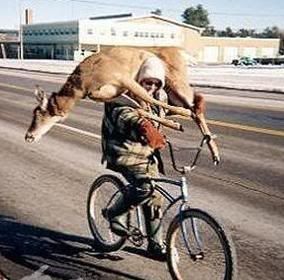
“We have a good hunting tradition at the school, and our girls are very successful hunters,” said Kent Haab, who teaches computer and business classes when not supervising the Panther Press. “Last year, the girls bagged some big animals and the boys didn’t do so well. They kind of take jabs at each other, but it’s all in good fun.”
Senior Jordan Johnson figured about two-thirds of Alberton High’s 70 students chase big game every fall. He added a 3-by-4 whitetail buck to the boys’ total
“Everybody in the school is pretty big on hunting,” Johnson said. “And a lot of our teachers are into hunting, so it’s nice to talk about it with them. This year, everybody that had a tag pretty much got an animal. Most everybody got something toward the end.”
“We’re always competitive and the girls usually beat the guys – not really, but we like to say that,” said senior Becca Petersen, who credited her gender with a 5-by-5 mule deer buck and a cow elk this year. “There’s way more guys hunting than girls. But we haven’t really ever kept track before.”
Petersen said the competition kept many student hunters in the field more this year than in past hunting seasons. Everyone struggled with the dry weather early in the season, with most kills coming around the last week. Petersen dropped her muley shortly before Thanksgiving dinner.
“Everyone in this class keeps track of who’s got what,” said Lyndi Ishler, whose mountain goat last year helped trigger the competition this year. She logged a 4-by-6 whitetail buck this year, and brought it to the school parking lot to make sure it was accounted for. She said most of her hunting classmates worked the mountains around Alberton and the Interstate 90 corridor.
Panther Press writer Cody Hoose reported a final tally of 32 tags: 10 from eight girls and 22 from 15 boys. The ladies brought home one mule deer, seven whitetails and two elk. The gents delivered five muleys, 12 whitetail and five elk. The rules specified number of tags, so by the rules, the boys won.
“That’s usually how it goes – the girls jab their jaws and the guys go out and hunt,” said Hoose, who scored a fork-horn mule deer buck. “But I know a lot of people failed elkwise, including me and my cousins.”
This being the first year of publishing the bragging contest, no one’s sure what the future will hold.
“I’m not sure what we’ve got in store for next year,” Hoose said. “I just hope there’s a competition.”
